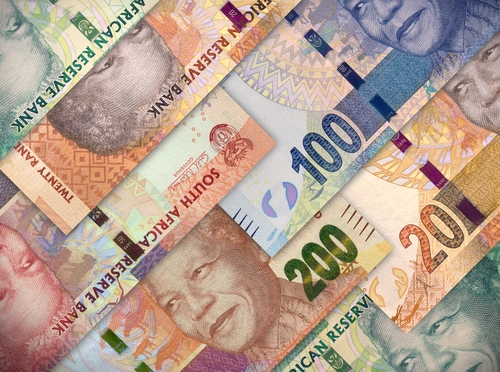- Summary:
- South African Rand Strengthens, capping the USDZAR at 17.3150 after the SARB cut repo rate by 100 bps in a unanimous vote.
The South African Reserve Bank (SARB) has cut its key policy rate by 100 bps in a unanimous vote, sending the interest rates to 5.25% and capping the USDZAR’s intraday gains at 17.3150.
In a rate statement which featured a reduced media presence as precautions against COVID-19 kick in, the SARB Governor Lesetja Kganyago noted that the monetary policy committee expects the inflation rate to remain at the midpoint of the band identified by the bank, which gave room for the policy adjustment.
Excerpts from the speech are as follows:
- Global growth marked down to 1.1%
- Business and household confidence has weakened
- Committee notes drop in commodity prices
- Brent averages $40 2020 and $44 in 2021, well below previous assumptions
- the domestic outlook remains fragile
- lower crude prices could offset the impact on SA economy from COVID-19
- GDP of South Africa will contract by 0.2% in 2020 but expected to bounce back to grow by 1.0% in 2021 and 1.6% in 2022.
- COVID-19 and load shedding pose significant downside risks to growth projections.
- Rand has depreciated 17.2% against the USD since January 2020
Read our Best Trading Ideas for 2020.
Technical Outlook for USDZAR
The SARB’s statement was not as dovish as many had expected, given that it had already started cutting rates last year in response to the worsening economic conditions in South Africa. Furthermore, the weakness of the South African rand in the past three days of trading showed that traders might already have priced in the rate cut. The ZAR hit its lowest point against the USD in January 2016 at 17.76649 with this month’s high at 17.58849 marking the 2nd highest the USDZAR has attained.
The ZAR has shown some strength immediately after the SARB Governor’s speech and is now trading at 17.26960. Immediate support to this price move lies at the 18 January 2016 and 9 March 2020 weekly candle highs at 16.98867. Below this area, 22 February 2016/14 March 2016 and 9 May 2016 highs at 16.24536 and 15.97989 respectively, are expected to serve as future support levels if a selloff on the USDZAR can breach 16.98867.
On the flip side, re-entry by buyers could send the pair towards its 2016 highs, seen on the weekly candle of 11 January 2016. Above this level, USDZAR would be in the all-time high territory.


